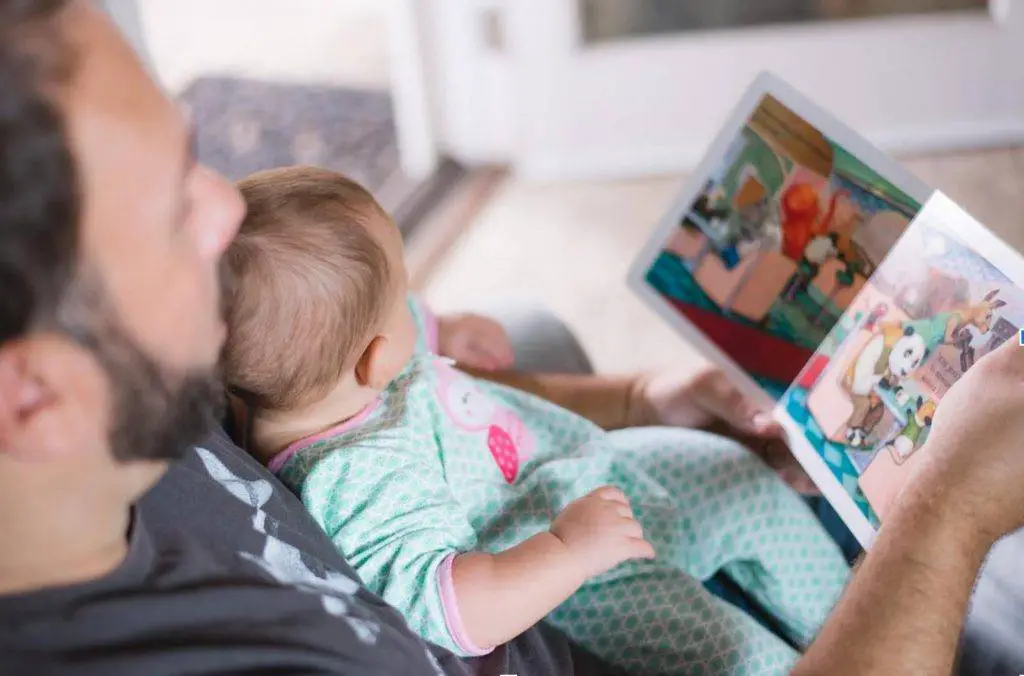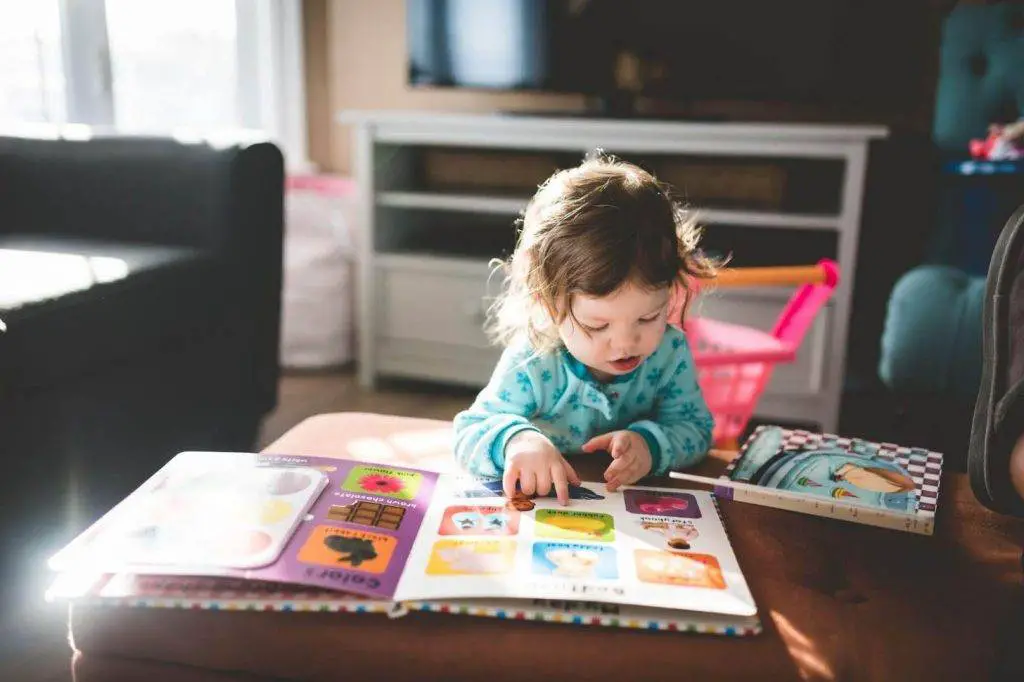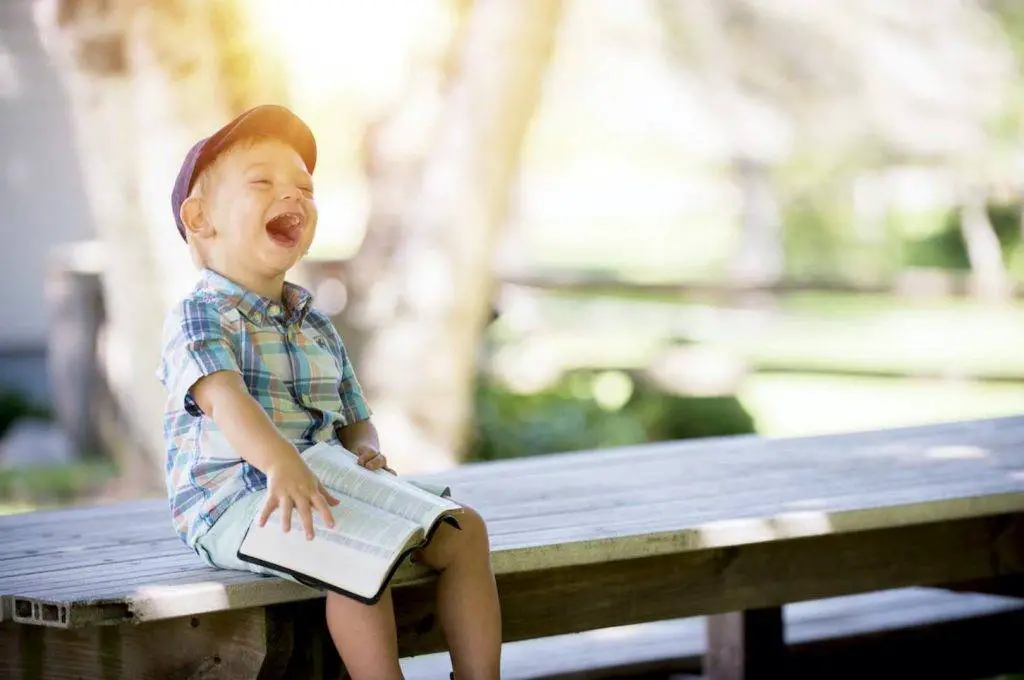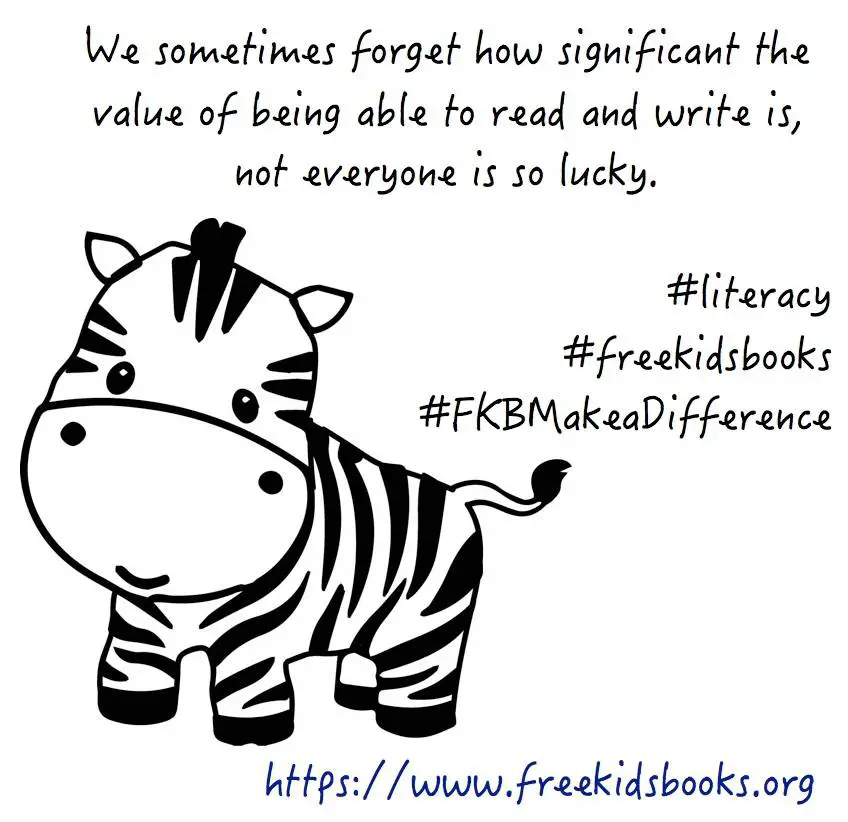 The formative period of every child’s life is between 0-8 years. The brain and neurobiological development are at their fastest, and they learn quicker than at any other time. This extends to all kinds of behaviors. Picking the right paper or novel for your children at this age is vital to spark the beginning of a lifelong enthusiasm for reading. It helps you ensure they are not reading complicated or uninteresting novels. More importantly, you can regulate what they read. If this is not your forte, let us suggest tips for picking publications for your toddler.
The formative period of every child’s life is between 0-8 years. The brain and neurobiological development are at their fastest, and they learn quicker than at any other time. This extends to all kinds of behaviors. Picking the right paper or novel for your children at this age is vital to spark the beginning of a lifelong enthusiasm for reading. It helps you ensure they are not reading complicated or uninteresting novels. More importantly, you can regulate what they read. If this is not your forte, let us suggest tips for picking publications for your toddler.
Tips for Selecting Books for Kids
According to research, preschoolers enjoy publications with complex storylines, with one or two paragraphs per page. In contrast, toddlers prefer content with lots of repetitions and rhyme.
Despite its popularity, there is still a lot of research into the subject. Students and independent scholars try to understand the features of books children enjoy for appropriate recommendations. As a result, they write their literature review and undertake research. If you don’t have the time to investigate, or this topic is too complicated for you, you can always pay someone to write my literature review or essay and spend your time on other productive activities. Based on recommendations, follow these steps when picking children’s books.
Pick Age-Appropriate Books
Infants have different attention spans. Hence, whatever book you buy must be relatable. Let us break them into categories for comprehension.
Newborns: Birth to 6 Months
Newborns don’t have fully developed eyesight, and they see best from about 12 inches. Select small novels you can hold and flip while holding your baby. Likewise, pick the ones with bright colors or black and white designs and highly contrasting images. Novels with simple pictures, preferably one per page, aid a child’s eye development. Buy durable ones that can chew or drag without falling apart. We recommend soft vinyl or books with handles.
Newborns like to hear languages. Try nursery rhymes and verse storybooks. They also enjoy looking through wordless picture novels. Even if you want to buy a worded book, avoid the ones with long sentences. Choose books with a single word alongside a big image or short sentences and phrases.
Infants: 7 to 12 Months
Children in this category prefer content with medium to large photos or bold sketches. They also enjoy nursery rhymes and simple sentences. Select board novels with thick pages and rounded edges so they can flip them easily. It should also have simple drawings of familiar actions or things and one line of text per page.

Toddlers: 12 to 18 Months
Toddlers don’t sit in a place for too long. They enjoy picture books with actions about daily experiences that encourage exploration. Hence, buy small, sturdy board novels with a few words per page. Large colorful photographs and simple storylines develop their imagination, and concepts like animals and shapes are entertaining. Choose books with pictures of familiar characters, songs and repetitive verses, and stories or rhymes.
Preschoolers: 19 to 30 Months
Preschooler novels have engaging text and drawings, and basic plots. Select the ones with nursery rhymes and poetry, predictable fill-in-the-blanks, and ABC publications. These contents promote imagination and improve creativity.
Select A Variety of Books
Help your child explore their creativity by providing a variety of novels. But you must pick captivating ones. If your child loves cats or fairy tales like Arabian nights, find themes with similar characters on the topic. Better still, ask your ward what book they want before buying. Don’t shop for novels without your child. Take them along and ask them to point at the ones they want. Pick a book, flip through the first couple of pages, and read them out to track their interests.
Choose Books with Familiar Authors
If your ward has a list of favorite books, other publications by the same author will have similar effects. Familiar authors use the same drawings or lyrical style of writing. If an author does not come to mind, buy an award-winning book.

Pick Relatable Books
Novels that discuss what is happening in your child’s life are the best. For example, if your ward is nervous about starting kindergarten, look for a storybook about it. Also, buy publications that discuss the topic to highlight social skills like kindness and making friends.
What to Look for When Selecting Books for Children
Libraries are full of fascinating novels, but not all genres suit every child. So before buying a book, look out for the following:
An Absorbing Topic
Children have favorite genres, but you can help them expand their collections by suggesting spellbinding books. First, the book must be easy to read aloud and understand. It must also sound smooth and contain relatable words. Avoid novels with too many unknown words on a page or ones that are hard to understand or read aloud. The subject matter and drawings must be appealing.
An Age-Appropriate Content
Board books from wipeable plastics and sturdy cardboard are ideal for babies and toddlers. They focus on basic concepts like ABCs and use literacy tools to prepare a child for reading. On the other hand, preschoolers prefer lift-the-flap publications with larger pictures. Consider how the book will help develop their vocabulary and comprehension.
Look For Books That Are Fun to Read
Buy books your child won’t find challenging to read on their own. To do this, read it aloud together. There is no harm in exposing them to a more complex language, but ensure it is not too challenging to avoid putting them off reading. Look out for strong illustrations, rhyme, and lyrical flow.
Ensure It Teaches Important Things
The best novels teach things without realizing them. For example, The Tortoise and the Hare teach morals, while The Hungry Caterpillar teaches numbers, fruits, and days of the week. The story must have a central theme and teach essential skills.
Conclusion
The best book is not always the most expensive one on the shelf. Instead, it is well-written and has vivid imagery, engrossing characters, and stories. Buy books that teach vital things and that are easy to relate to. Not only this, but ensure they are entertaining to read aloud. Shop with your babies, and talk to their teacher or librarian to find out what’s trending.










